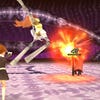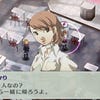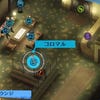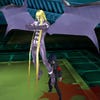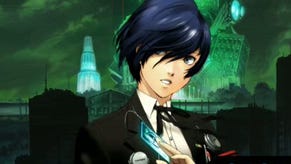Shin Megami Tensei: Persona 3 Portable
Ta-ta to Tartarus.
There's a pleasing routine to your schooldays, yet also a good degree of flexibility in how you approach the game. The way you behave during lessons, the after-school clubs you join, the people you interact with: each fundamentally changes the options available to you, both during the day and at night.
It's a real balancing act, as spreading yourself thinly can give you a greater range of powers in battle but at the cost of their effectiveness, while building just two or three strong relationships could leave you without the power you need to swiftly dispose of a certain enemy. If there's one thing to be learned from Persona 3, it's that being the most popular kid in school isn't nearly as fun as it sounds.
When three kids approach you at lunchtime, all wanting to meet after school during an exam week when you're supposed to be revising but instead were planning to take a girl out for some ramen, you've got some tough decisions to make. It's little wonder your character spends his evenings putting a gun to his head.
All this, of course, is preaching to the choir for seasoned Persona fans, who'll want to know what, if anything, has changed in the PSP version. The answer, perhaps surprisingly, is quite a lot. For starters, the anime cut-scenes have been nixed, as has the 3D town exploration. This time you get an isometric viewpoint of the locations you navigate between, with anything and anyone you can interact with clearly highlighted, as a square-button shortcut allows you to instantly whizz from place to place.
If streamlining the game for portable play seems an eminently sensible idea - and it does quicken the pace quite noticeably - it also makes you feel slightly less a part of the world, more a detached observer. That said, the new 2D background art is splendid, while the character models look crisper and more detailed than ever on the PSP screen.
More significant improvements have been made to the battle system, with elements pilfered from the wonderful Persona 4. You can still leave your team-mates to your own devices if you wish, or give them general instructions on what to do in battle, but control freaks will relish the prospect of having everyone under direct command. This all but eliminates one of the original's biggest problems in the occasionally wonky decision-making of team-mates.
It's also impossible to overstate the importance of a brand new campaign, not only because it offers a different perspective on the story, but because the majority of your social interactions are brand new. This means more of those witty, charming and touching story vignettes, more superb voice acting, and more after-school clubs for the female character to join. If you ever wondered just how good Yukari was at archery, now you can find out, with tennis and volleyball the other options. Oh, and the menus are all given a makeover in pink, obviously.
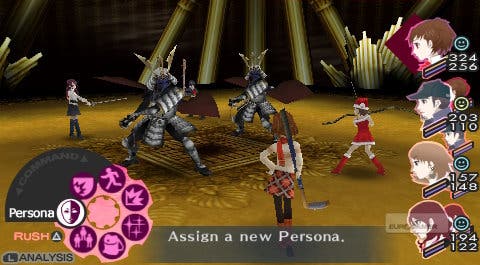
Those less interested in grinding through dungeons will be pleased with a new Beginner difficulty, and at the opposite end of the scale, Ultra-Hard mode will see most players visiting Tartarus every night rather than just once or twice a week. I can't say I was ever hugely aware of the load times during the fifty-something hours I spent on the PS2 game, but everything seems to move just that little bit quicker in P3P; certainly my completion time for the male protagonist was noticeably shorter.
It all adds up to what's just about the definitive version of one of the finest role-players of the last five years. If Persona 3's central story doesn't quite live up to the intriguing murder-mystery of its successor - and the loss of the animated story sequences exacerbates this issue - then its side-stories are easily a match. Until Persona 4 Portable arrives, then, this may well be the finest RPG you can get on PSP, and a game that'll keep completists going until well into the winter months.
Persona 3 Portable is available now in North America and from importers. It is region-free. There are no announced plans for a European release.



